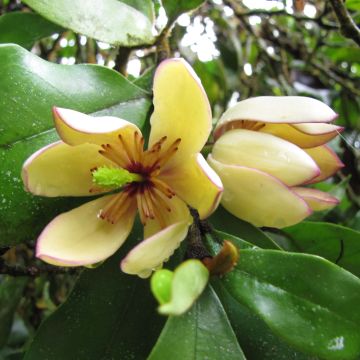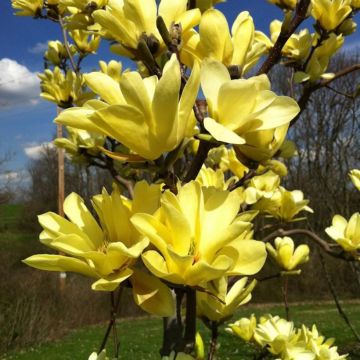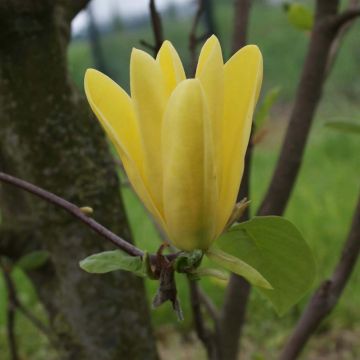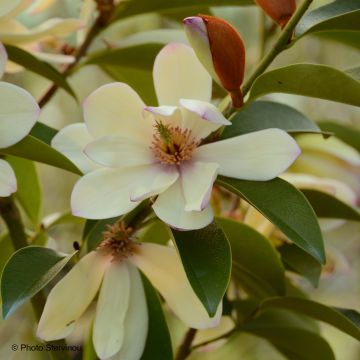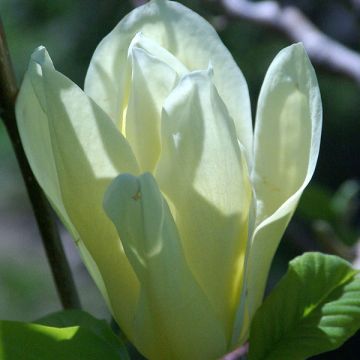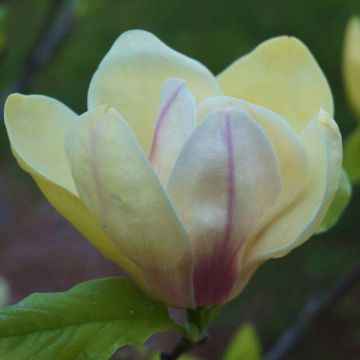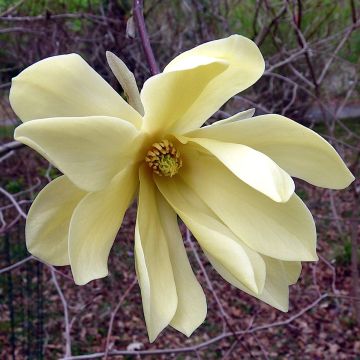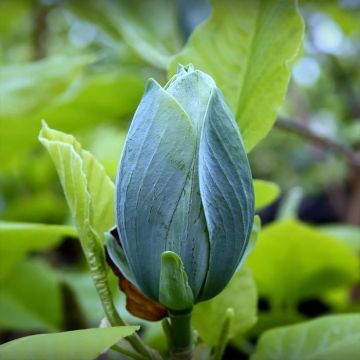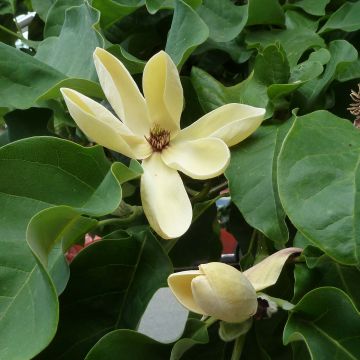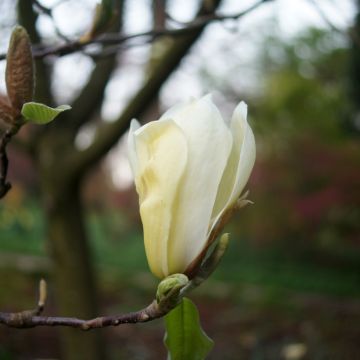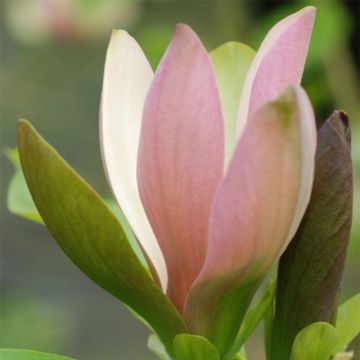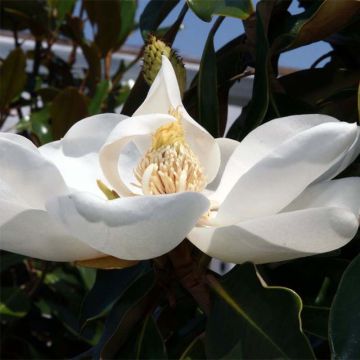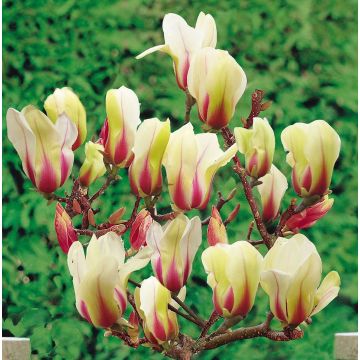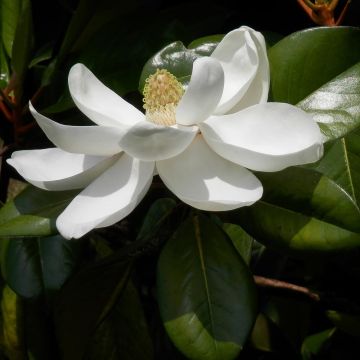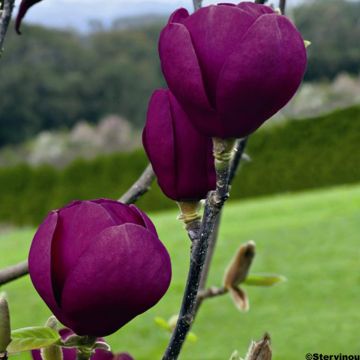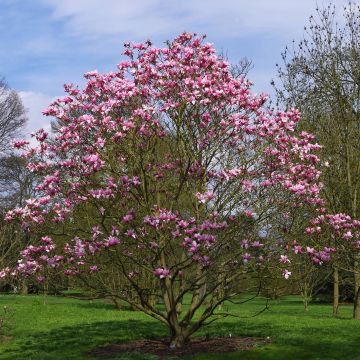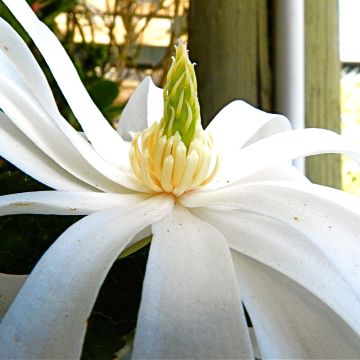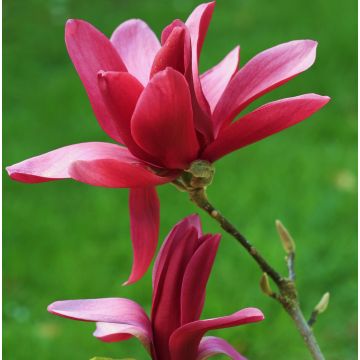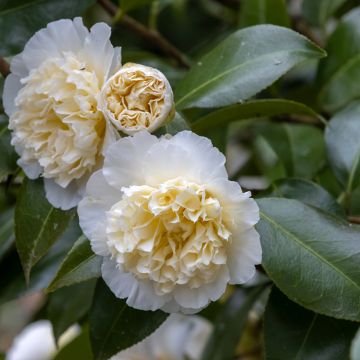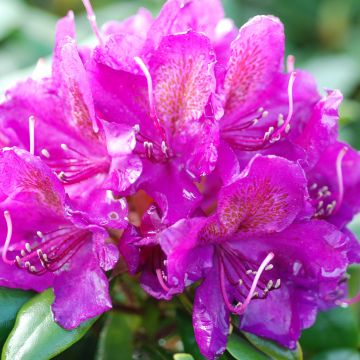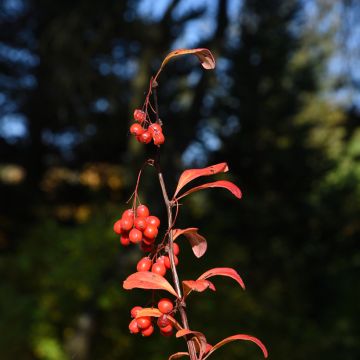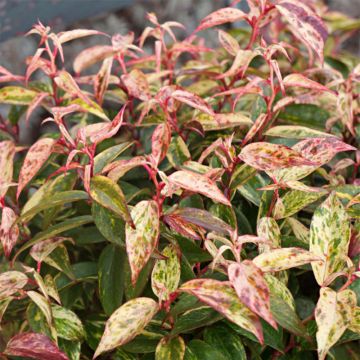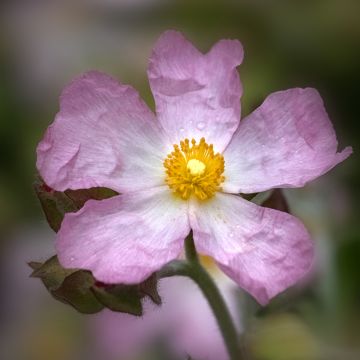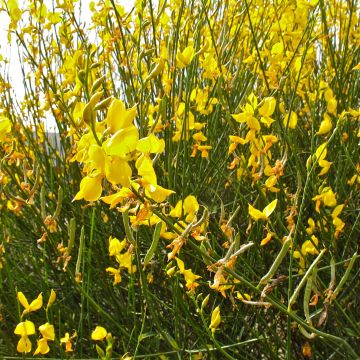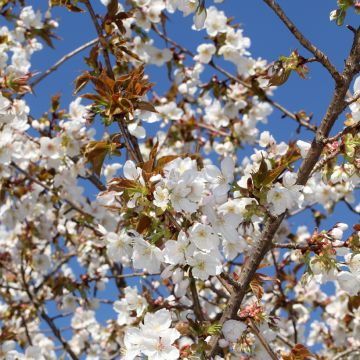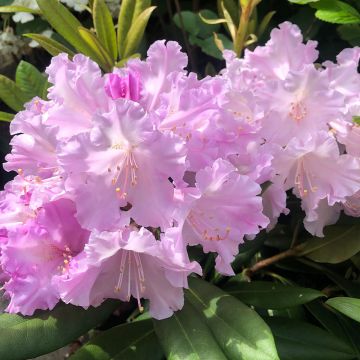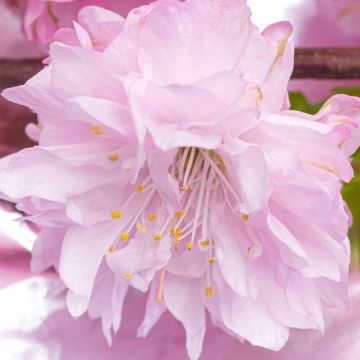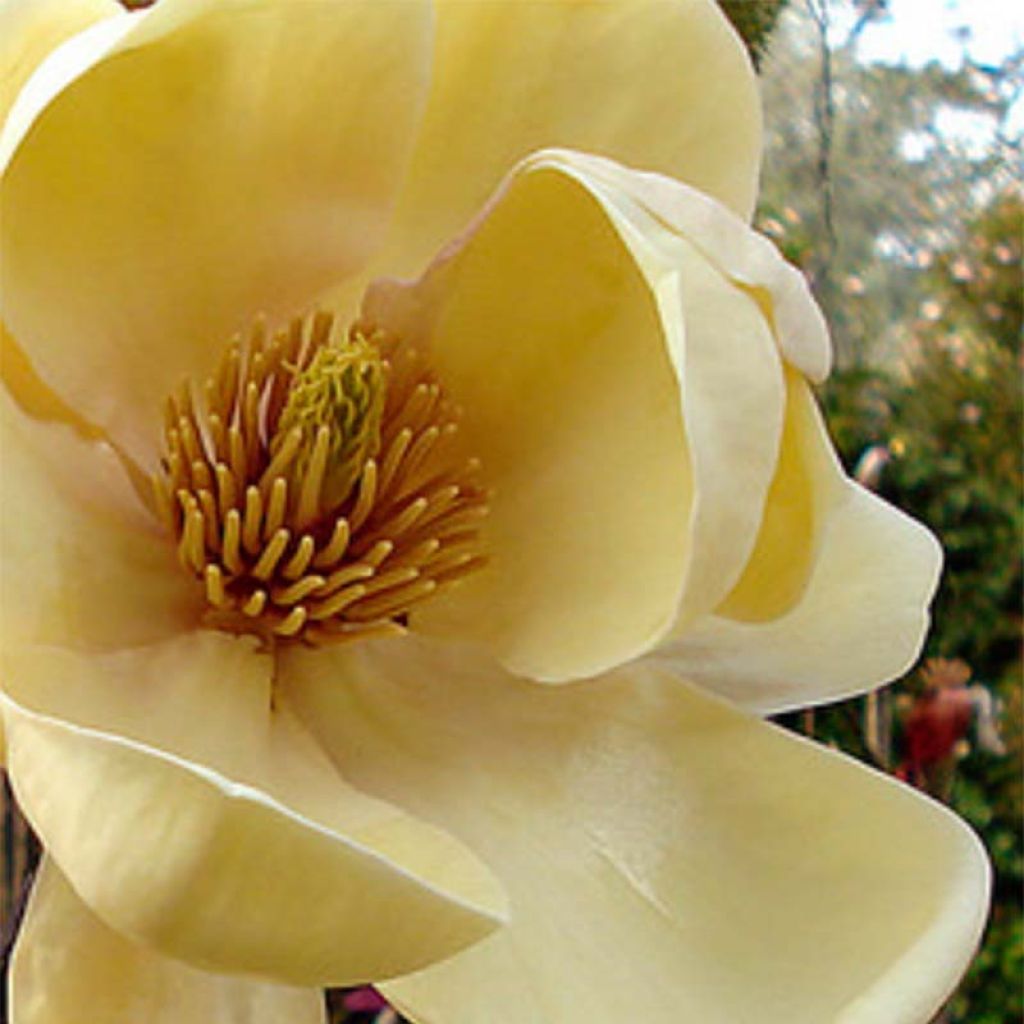

Magnolia Honey Tulip
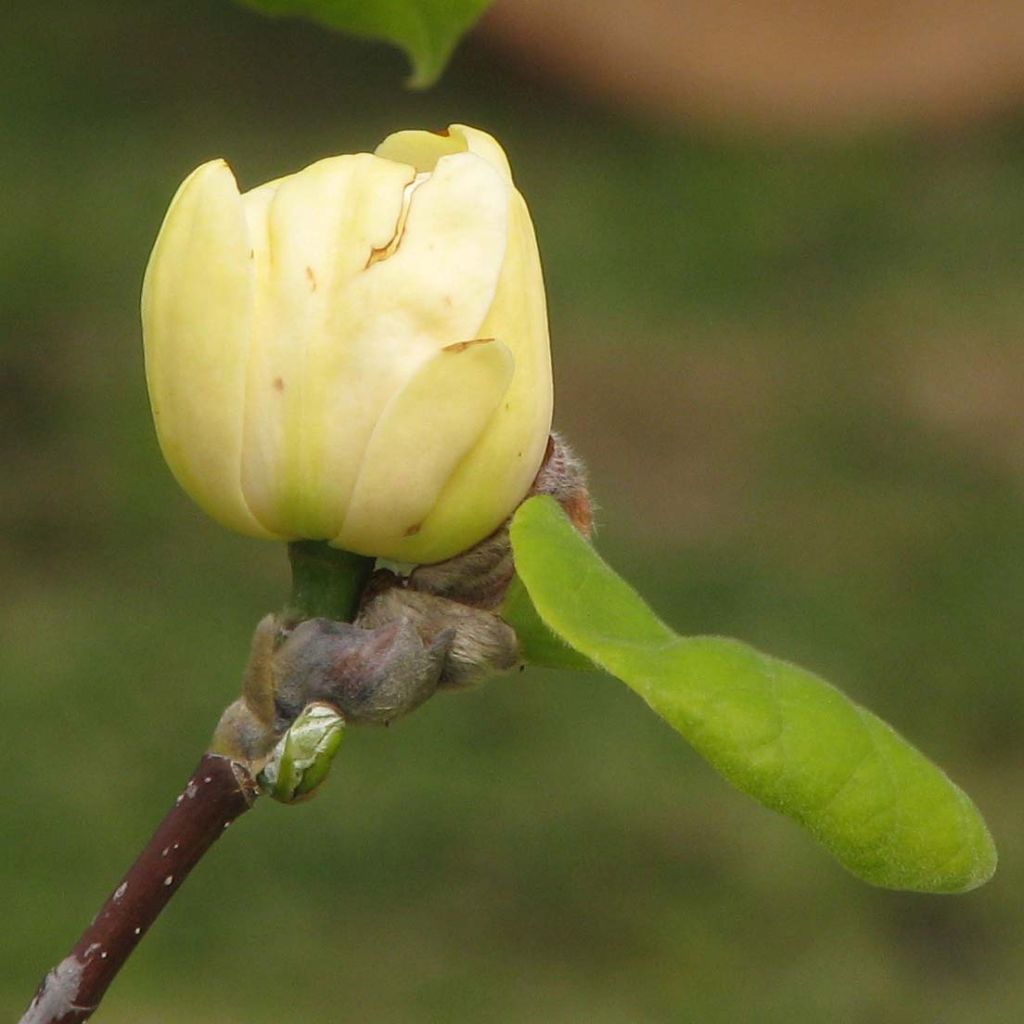

Magnolia Honey Tulip
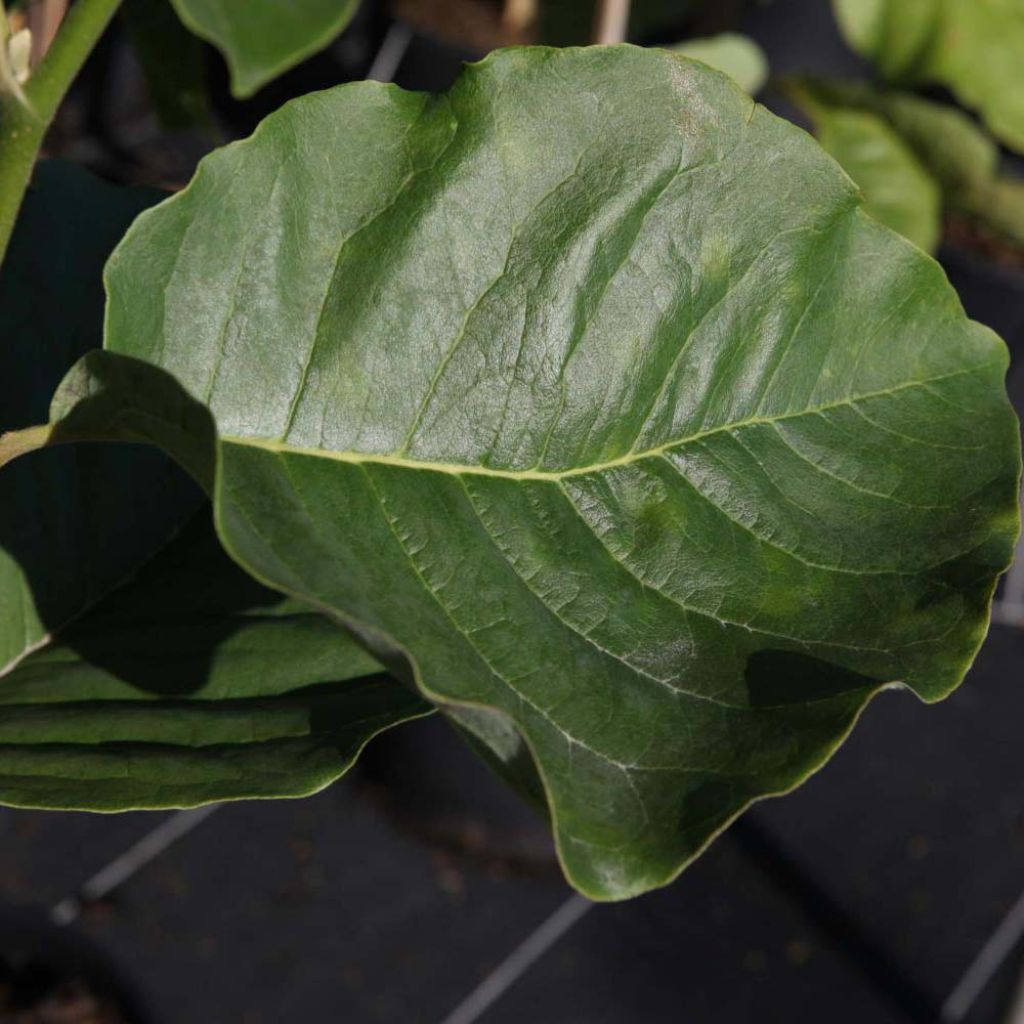

Magnolia Honey Tulip
Magnolia Honey Tulip
Magnolia Honey Tulip
Magnolia
Why not try an alternative variety in stock?
View all →This plant carries a 24 months recovery warranty
More information
We guarantee the quality of our plants for a full growing cycle, and will replace at our expense any plant that fails to recover under normal climatic and planting conditions.
Oversize package: home delivery by special carrier from €6.90 per order..
Express home delivery from €8.90.
Oversize package: home delivery by special carrier from €6.90 per order..
Express home delivery from €8.90.
Delivery to Corse prohibited: UE law prohibits the import of this plant from mainland France to Corse as part of the fight against Xylella fastidiosa. Please accept our sincere apologies.
More information
Does this plant fit my garden?
Set up your Plantfit profile →
Description
The Magnolia Honey Tulip is a new variety from New Zealand introduced by the experts of the Felix and Mark Jury genus. It is a unique combination of colour and flower shape, with cup-shaped flowers halfway between a tulip and a peony. The flowers are beautifully curved and have a fantastic honey and sunshine colour that brings the feeling of spring to life at first sight. This tree is a cousin of the well-known Magnolia Black Tulip and has a compact and upright habit, which is a significant advantage when you have limited space. It blooms quickly and can adapt to most soils as long as they remain moist. There are many reasons to adopt this tree; it can even be grown in a large container on the terrace!
The Honey Tulip is a newly cultivated Magnolia tree that belongs to the Magnoliaceae family and was introduced in 2013. It can grow up to 3 metres (9 feet 10 inches) high and 1 metre (3 feet 4 inches) 70 wide, with a pyramid-like shape and an open crown. In favourable climates, it can reach 4 to 5 metres (13 feet 1 inch - 16 feet 5 inches). The Honey Tulip is a small tree or large bush that exhibits good vigour. It bears solitary, lightly scented flowers that bloom in mid-spring (April-May) before the leaves appear. The medium-sized flowers have a thick, upright texture and are shaped like rounded cups. They are of a soft and warm yellow colour. They are surrounded by numerous yellow stamens, with a prominent green stigma at the centre. The buds of the flowers are protected by silky bracts. The deciduous foliage of the Honey Tulip consists of large oval-shaped leaves that are 15 cm (5.9 in) long. The leaves are of a medium green colour, with a paler and finely villous underside that turns yellow-brown in autumn. The Honey Tulip is hardy enough to withstand temperatures as low as -15°C.
The Magnolia Honey Tulip brings something truly unique to the world of yellow-flowered magnolias. Though not very large, the flowers are produced in abundance on the bare branches, making the plant look charming and irresistible during the first few days of spring. It is perfect for any garden and will quickly become the star of the season. It is best to plant it as a standalone tree in the middle of a short grass meadow, where its remarkable flowering will be on prominent display. However, it is essential to remember that it may be less noticeable once the flowering is over. It is advisable to pair it with a mass of shrubs with staggered flowering, like Lilacs, Hibiscus, Camellias, Hydrangeas, Witch Hazels, Pieris, Anemone Trees, and Fothergilla. This will ensure that the plant remains attractive even after its flowering period. You can also create beautiful flowering hedges along pathways by alternating this Magnolia with other cultivars. This plant is also suitable for container cultivation, making it a good option for your terrace. Make sure to position it where you can see it from your window so you do not miss any part of its magnificent and unique-coloured flowers. It is an antidote to the gloom that can occur during the long wait for spring.
Report an error about the product description
Magnolia Honey Tulip in pictures
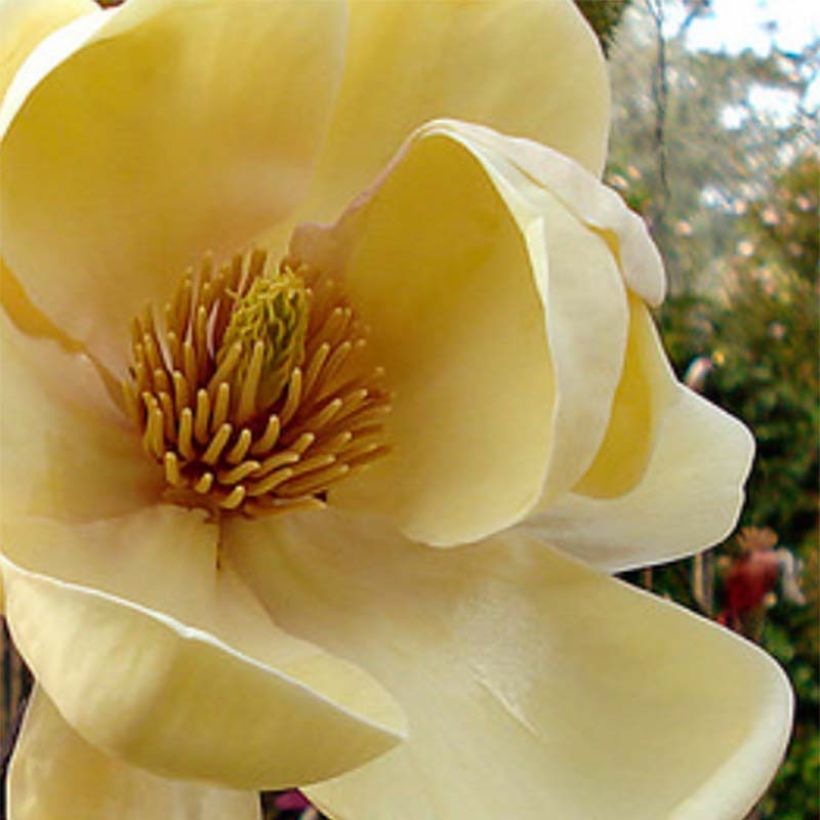

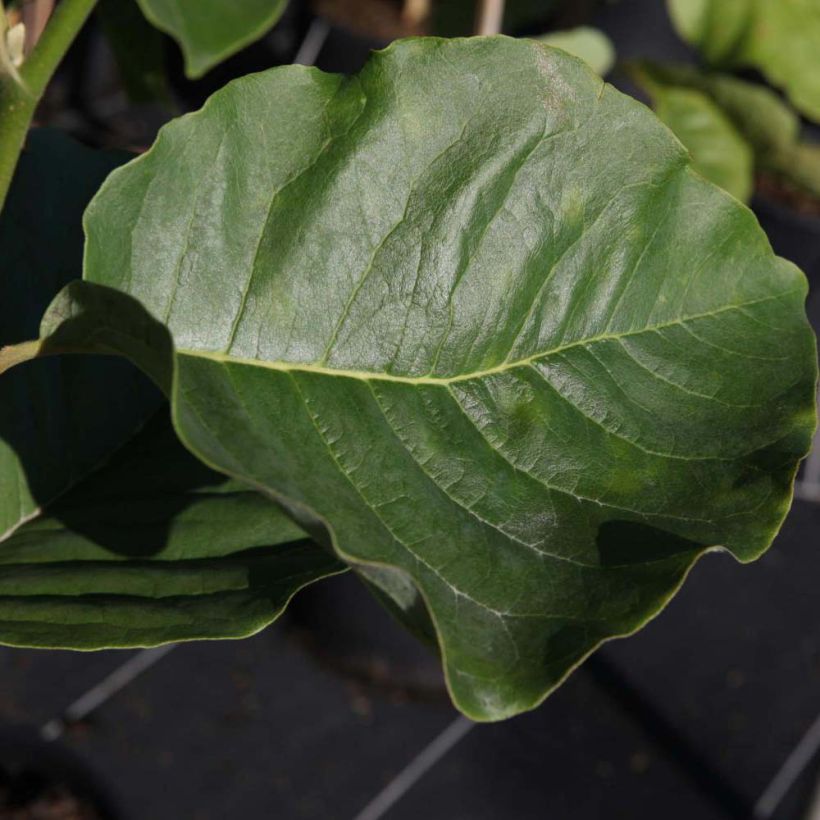

Plant habit
Flowering
Foliage
Botanical data
Magnolia
Honey Tulip
Magnoliaceae
Magnolia
Cultivar or hybrid
Other Magnolia
Planting and care
The Magnolia Honey Tulip thrives in partial shade or full sun but cannot tolerate full shade. To ensure beautiful flowering, it's recommended to plant it in a spot protected from cold spring winds. It requires cool, rich, deep, and well-drained soil. If your soil contains limestone, dig a large planting hole and mix ericaceous soil with your garden soil. You may need to add iron or organic matter periodically to maintain the mineral content for the plant. In drought, water young plants as you would for the first 1 or 2 years after planting. Although pruning is unnecessary, removing some crossing branches can open up the centre of the bush.
Planting period
Intended location
Care
-
, onOrder confirmed
Reply from on Promesse de fleurs
Spring-flowering shrubs
Haven't found what you were looking for?
Hardiness is the lowest winter temperature a plant can endure without suffering serious damage or even dying. However, hardiness is affected by location (a sheltered area, such as a patio), protection (winter cover) and soil type (hardiness is improved by well-drained soil).

Photo Sharing Terms & Conditions
In order to encourage gardeners to interact and share their experiences, Promesse de fleurs offers various media enabling content to be uploaded onto its Site - in particular via the ‘Photo sharing’ module.
The User agrees to refrain from:
- Posting any content that is illegal, prejudicial, insulting, racist, inciteful to hatred, revisionist, contrary to public decency, that infringes on privacy or on the privacy rights of third parties, in particular the publicity rights of persons and goods, intellectual property rights, or the right to privacy.
- Submitting content on behalf of a third party;
- Impersonate the identity of a third party and/or publish any personal information about a third party;
In general, the User undertakes to refrain from any unethical behaviour.
All Content (in particular text, comments, files, images, photos, videos, creative works, etc.), which may be subject to property or intellectual property rights, image or other private rights, shall remain the property of the User, subject to the limited rights granted by the terms of the licence granted by Promesse de fleurs as stated below. Users are at liberty to publish or not to publish such Content on the Site, notably via the ‘Photo Sharing’ facility, and accept that this Content shall be made public and freely accessible, notably on the Internet.
Users further acknowledge, undertake to have ,and guarantee that they hold all necessary rights and permissions to publish such material on the Site, in particular with regard to the legislation in force pertaining to any privacy, property, intellectual property, image, or contractual rights, or rights of any other nature. By publishing such Content on the Site, Users acknowledge accepting full liability as publishers of the Content within the meaning of the law, and grant Promesse de fleurs, free of charge, an inclusive, worldwide licence for the said Content for the entire duration of its publication, including all reproduction, representation, up/downloading, displaying, performing, transmission, and storage rights.
Users also grant permission for their name to be linked to the Content and accept that this link may not always be made available.
By engaging in posting material, Users consent to their Content becoming automatically accessible on the Internet, in particular on other sites and/or blogs and/or web pages of the Promesse de fleurs site, including in particular social pages and the Promesse de fleurs catalogue.
Users may secure the removal of entrusted content free of charge by issuing a simple request via our contact form.
The flowering period indicated on our website applies to countries and regions located in USDA zone 8 (France, the United Kingdom, Ireland, the Netherlands, etc.)
It will vary according to where you live:
- In zones 9 to 10 (Italy, Spain, Greece, etc.), flowering will occur about 2 to 4 weeks earlier.
- In zones 6 to 7 (Germany, Poland, Slovenia, and lower mountainous regions), flowering will be delayed by 2 to 3 weeks.
- In zone 5 (Central Europe, Scandinavia), blooming will be delayed by 3 to 5 weeks.
In temperate climates, pruning of spring-flowering shrubs (forsythia, spireas, etc.) should be done just after flowering.
Pruning of summer-flowering shrubs (Indian Lilac, Perovskia, etc.) can be done in winter or spring.
In cold regions as well as with frost-sensitive plants, avoid pruning too early when severe frosts may still occur.
The planting period indicated on our website applies to countries and regions located in USDA zone 8 (France, United Kingdom, Ireland, Netherlands).
It will vary according to where you live:
- In Mediterranean zones (Marseille, Madrid, Milan, etc.), autumn and winter are the best planting periods.
- In continental zones (Strasbourg, Munich, Vienna, etc.), delay planting by 2 to 3 weeks in spring and bring it forward by 2 to 4 weeks in autumn.
- In mountainous regions (the Alps, Pyrenees, Carpathians, etc.), it is best to plant in late spring (May-June) or late summer (August-September).
The harvesting period indicated on our website applies to countries and regions in USDA zone 8 (France, England, Ireland, the Netherlands).
In colder areas (Scandinavia, Poland, Austria...) fruit and vegetable harvests are likely to be delayed by 3-4 weeks.
In warmer areas (Italy, Spain, Greece, etc.), harvesting will probably take place earlier, depending on weather conditions.
The sowing periods indicated on our website apply to countries and regions within USDA Zone 8 (France, UK, Ireland, Netherlands).
In colder areas (Scandinavia, Poland, Austria...), delay any outdoor sowing by 3-4 weeks, or sow under glass.
In warmer climes (Italy, Spain, Greece, etc.), bring outdoor sowing forward by a few weeks.

































